Click to see the list of links
269) About some analytical instruments
Ludwik Kowalski (11/21/05)
Department of Mathematical Sciences
Montclair State University, Upper Montclair, NJ, 07043
1) In this unit I want to to collect information about “new and fancy” analytical methods used in CMNS field, particularly in the CT
(cold transmutation) sub-field. Early in November Frank Gordon sent me an Excel table listing these methods. The document is too wide to fit here
and I will turn it into a different format below. But first let me quote what Jean-Paul Biberian wrote about two of these methods, ICP-MS (inductively
coupled plasma - mass spectrometer) and SEM (scanning electron microscope).
2) On November 16, 2005, at 4:58 AM, Jean-Paul Biberian wrote:
a) ICP-MS uses a mass spectrometer to analyze the components of the plasma. This is a very sensitive technique that can easily
detect parts per billions. Also one interesting aspects is that it can do isotopic analysis. Unfortunately, there is a problem with the argon which
might interfere with other masses for example calcium.
ICP emission on the other hand analyses the light produced during the discharge. This is also a very powerful tool for chemical
analysis. However the sensitivity is lower than ICP-MS, but almost all elements can be measured. There are equipments that do both. In order to analyze
a material, it needs to be in solution. Therefore for metals, they are dissolved in acid and then fed in the plasma.
b) SEM stands for Scanning Electron Microscope. This is an electron microscope that produces physical images of the surface by
measuring the intensity of the secondary electrons produced by the scanning electron beam. The secondary emission varies with material composition and
angle of incidence. The lateral resolution can be very high, almost atomic. In order to obtain chemical information, an X-ray detector measures
the X-rays produced by the incident electron beam. Therefore a local chemical analysis can also be performed. However, because the incident beam has
a relatively high energy, typically 30 keV, a depth of about one micrometer is analyzed. Almost all elements can be detected that way.
3) And here is information from F. Gordon’s table mentioned at the beginning:
IC -IOS (Inductively induced plasma - optical emission spectrometer)
liquids,
benefits --> used as screening tool
detriment --> liquids only
high maturity
low cost
informs about bulk composition
useful at ~100 ppb level
NNA (nuclear activation analysis)
liquid or foil
benefits --> definitive for analyzable isotopes nondestructively
detriment --> some molecular interference
maturity high
cost low
informs about bulk composition
useful at ~10 ppm level
ICP - MS ((inductively coupled plasma - mass spectrometer)
liquids,
benefits --> used to identify isotopes
detriment --> liquids only
high maturity
low cost
informs about bulk composition
useful at ~200 ppt level
GD - MS (glow discharge mass spectrometer)
foils
benefit --> used to identify isotopes
detriment --> some molecular interference
maturity high
cost low
informs about bulk composition
useful at ~ppb level
XRF (X-ray fluorescence)
foil or powder
benefit --> non-destructive gross screening tool
detriment --> sensitive only in first ~10 micrometrs (of depth)
maturity high
cost low
bulk composition
useful at~10 ppm level
TEAMS (trace elements accelerator mass spectrometry)
dry powder or foil
benefits --> definitive differentiation of molecular Interference
detriment --> surface only
maturity median
hight
surface composition
useful at ~40 ppt level
RBS (Rutherford backward spectrometry)
foil
benefits --> surface screening tool
detriment --> insensitive if impurity > Pd present
maturity high
low
surface composition
useful at ~10 ppm level
XPS (X-ray photoelectron spectrometry)
foil
benefits --> non-destructive surface screening tool-chemical information-depth profile
detriment --> marginal sensitivity
maturity high
medium
surface composition
useful at ~1000 ppm level
AES (Auger electron spectrometry)
foil
benefits --> non-destructive surface screening tool-chemical information-depth profile
detriment --> marginal sensitivity
maturity high
medium
surface composition
useful at ~1000 ppm level
SEM (scanning electron microscopy)
foil
benefits --> compare surface topography
detriment --> marginal sensibility
maturity high
medium
surface structure
SEM/EDAX (scanning electron microscope/energy dispersive analysis of X-rays)
foil
benefits --> gross screening tool
detriment --> sensitive in first 10 microns
maturity high
medium
bulk composition
useful at ~10 ppm level
TEM (transmission electron microscopy)
standard TEM preparation
benefits --> phase definition
detriment --> small field of view
maturity high
cost medium
microstructure
SIMS (secondary ions mass spectroscopy)
foil
benefits --> depth profile
detriment --> molecular interference
maturity medium
cost medium
bulk composition
useful at ~100 ppb to 10 pm level
NRA (nuclear reactions analysis)
foil
benefits --> definitive for one isotope at a time
detriment --> measures 1 isotope at a time
maturity low
cost medium
surface composition
useful at ~100 ppm level
MALDI (matrix assisted laser dispersion and ionization)
foil
benefits --> detects high molecular weight species
detriment --> wrong mass sensitivity
maturity high
cost low
surface composition
useful for organics
PIXE (proton induced X-rays analysis)
foil
benefits --> screening tool
detriment --> lacks sensitivity
maturity high
cost medium
surface composition
useful at 100 ppm level
4) Appended after the ICCF12
Yokohama, near Tokyo, is the place where the ICCF12 (International Cold Fusion Conference #12) will begin tomorrow Actually it started this
afternoon, in the form of a set of “tutorial” sessions. Four leading CMNS researchers reviewed areas in which they have been working.
One of them was Yasuhiro Iwamura, a researcher from Mitsubishi Heavy Industries in Japan. First he described his findings in the area of cold
transmutations, then he focused on analytical instruments used in that kind of work. He said that such instruments can be subdivided into two
broad categories: those for identifying elements (by the energy levels of atoms) and those for determining atomic masses. The figure below is
from a slide Iwamura used in his presentation.
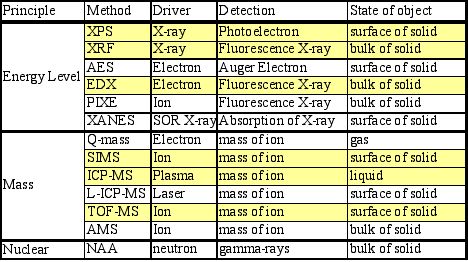
Note that column 3 names the “driver;” the kind of radiation, or particles, used to bombard the analyzed atoms. The column 4, in turn,
lists carriers of information; such as X rays whose energy spectra must be analyzed, etc. Regions accessible to individual instruments are listed
in the last column. Iwamura is certain that he identified several unexplained nuclear transmutations, such as Cs turning into Pr.
In general, Iwamura said, a transmutation research project begins with a qualitative examination. The goal is to find out if the elements in which
one interested are present or not. If they are present then one must conduct a qualitative analysis (to find out if it is an impurity or a product
of a nuclear reaction). Once the impurity is ruled out one must conduct additional qualitative analysis. The distribution of products (on the
surface, in depth, and as a function of time) must be studied to infer what happens. Most scientists are extremely skeptical about nuclear
transmutations without fast projectiles, such as neutrons or protons. That is why convincing them that nanograms of new material, such as Pr or
Mo, generated in specially prepared foils, is very difficult. Fortunately, modern instruments are very sensitive and, at least in principle,
Iwamura's findings should be reproducible in other laboratories. The pictures below were given to me by Iwamura; they were used in his tutorial
lecture.
****************
SLIDE 8
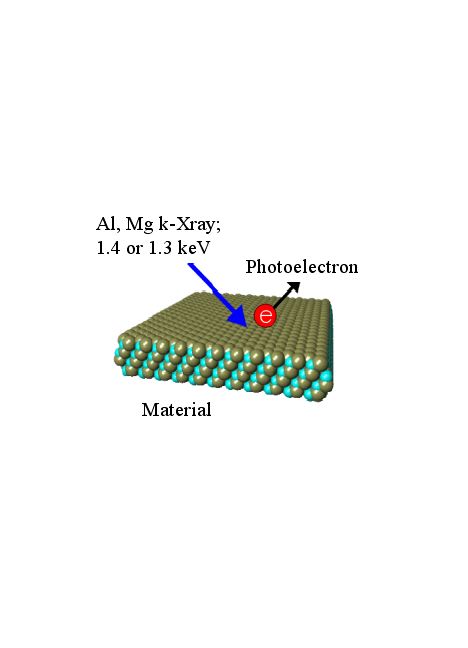
Principles of XPS
****************
SLIDE 9
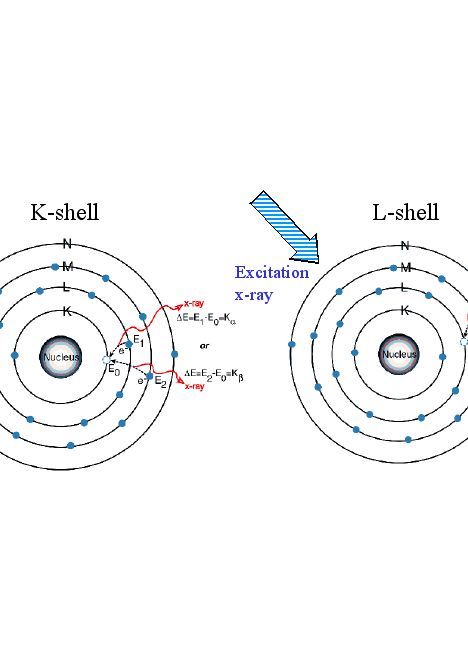
Principles of XFR
****************
SLIDE 10
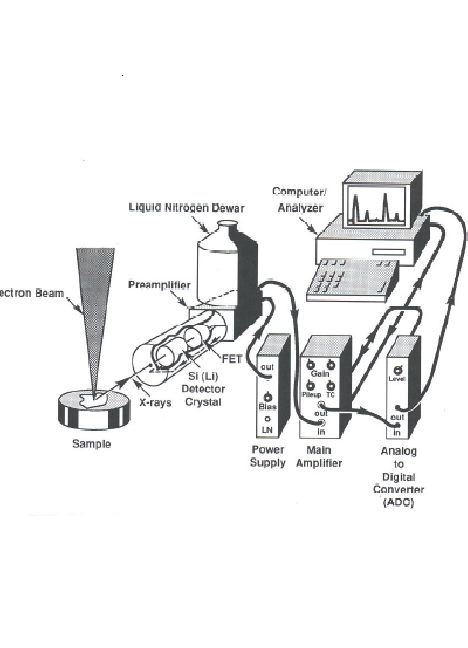
Principles of EDX
****************
SLIDE 11
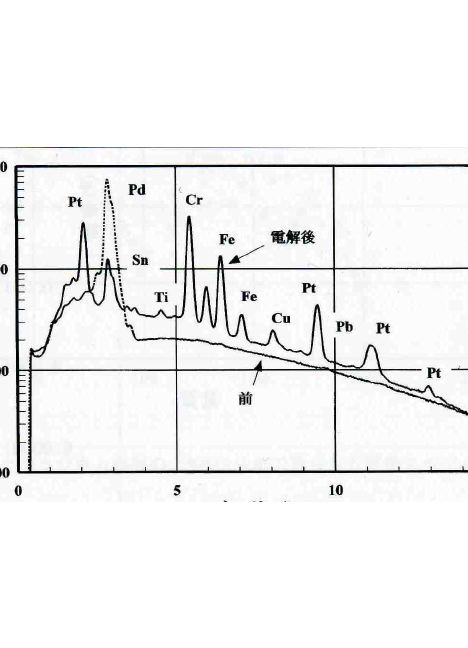
An example of EDX spectrum
****************
SLIDE 12
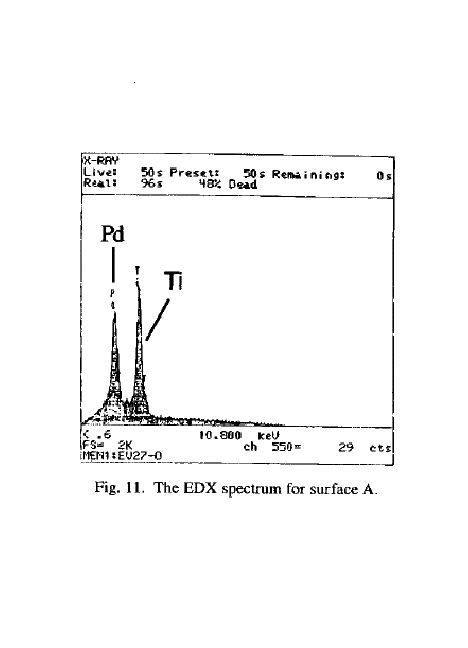
Another example of EDX spectrum
****************
SLIDE 13

Principles of ICP-MS
****************
SLIDE 14
Principles of SIMS
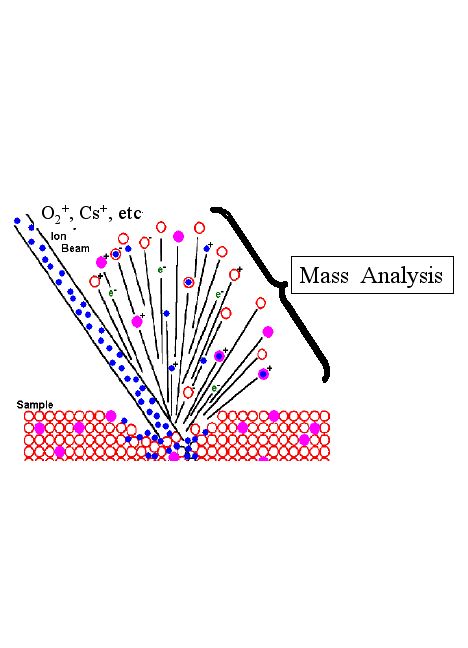
High Sensitivity. Local analysis is possible.
Sensitivity differs greatly depending on the elements of the sample and primary ions.
Effects of molecular ions should be considered.
****************
SLIDE 15
Principles of TOF-SIMS
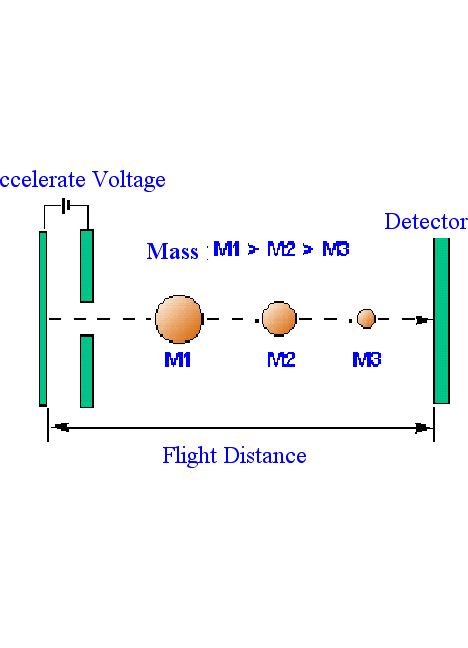
P.S. Iwamura, after seeing the above, asked me to mention that slides were not his own; he found them on the Internet and added some words.
P.P.S. Iwamura has been studying CMNS transmutations for many years. His work dominated all three International Cold Fusion Conferences that I attended (ICCF10 ICCF11 and ICCF12). His papers can be downloaded from the library at <http://www.lenr-canr.org>.
5) Contribution from Mark Tsirlin (12/15/05)
Let us observe some experimental proofs of low-energy nuclear reactions (LENR) presented repeatedly in reports at conferences and in papers published
in journals of CF community. The main analytical methods applied in this case are various modifications of SEM-EDS and SIMS methods. Let us remind
their potentialities.
1. SEM-EDS
This method provides a surface image at the magnification of tens thousand and sometimes, under especially favorable conditions, – up to 200-300
thousand. Electron beam ~1 micron in diameter excites X-ray irradiation generated by a small volume of substance approximately equal to the volume of
a sphere 1.5 micron in diameter. The generated X-ray irradiation is recorded using a silicon spectrometer. Thus, we obtain information on
the qualitative and quantitative composition of in the small volume of the substance. Detection limits of the method are 0.1-1%. Apparently, the
sensitivity of the method is not very high and approximately corresponds to that of the X-ray diffraction method.
However, due to high localization, the method provides rather efficient detection and analysis of heterogeneous materials, especially those containing
microscopic inclusions or multilayered structures. It is worth mentioning that the sensitivity and accuracy of the method are essentially reduced at
the analysis of rough surfaces. In my opinion authors reporting detection of some "new" elements e.g. in Pd after D absorption or after the
passage of D flow (by using this method) must experimentally demonstrate that:
a) the mentioned "new" elements were absent in the initial metal. This requirement does not seem strange taking into account the fact that Pd
in its initial state contains a large number of microscopic inclusions entering the latter at various stages of metallurgical processing. In particular,
our experience shows that such inclusions of various nature and origin contain many elements detectable (sic!) by EDS method. Among these elements,
we can mention carbon, alkali and alkaline earth metals, silicon, oxygen, aluminum (alumo-silicates of various compositions), chlorine, fluorine, sulfur,
tungsten, titanium, etc.
b) details and components of the apparatus could not be a source of "newly formed" elements. This requirement is especially topical for
high-temperature processes (glowing discharge, Mizuno-type experiments, etc.). Besides, the map of newly detected elements distribution on the
metal surface should be carefully examined. Finally, last but not least, it is highly desirable to coordinate the nature and amount of newly formed
elements with the respective nuclear transformations and their gross power output.
SIMS
The method is extremely sensitive (with the accuracy of ppm). That imposes additional responsibility on a researcher. He has to analyze carefully all
possible sources (even minor ones) of surface contamination with foreign elements, since it is practically impossible to avoid such contamination
working with Pd. Moreover, the specific character of the mass-spectrometric method entails the danger of mixed estimations. Thus, molecules of
different nature and mass (including those of organic origin) adsorbed on the metal surface can turn into vapor phase after partial destruction
or, on the contrary, polymerization, in the course of ion bombardment in the instrument chamber. Unfortunately, the mass-to-charge ratio of such
fragments can coincide with that of an elementary isotope of one or another element.
Usually, modern mass-spectrometers are equipped with respective software and databases facilitating the process of identification of such
mixed estimations. Nevertheless, this process is rather labor-consuming and requires special attention. Quantitative analysis within the SIMS
framework is rather complicated. This is due to the nature of the method, namely, to the mutual influence of all components of the substance on
the ionization cross-section of elementary or complex ions. At the same time, this method offers a possibility to determine isotopic ratios of of
various elements.
This remarkable feature is widely used for proving reality of nuclear reactions in cold fusion experiments. The above mentioned hindering factors,
however, should not be ignored. One should be aware that different elements often have identical atomic masses and that molecules can be misidentified
as elements. Unfortunately, these aspects of the SIMS methodology are not always discussed by those reporting discoveries of abnormal isotopic ratios.
Discussing sources of potential errors, and convincing readers that such errors were not made, would strengthen the claims, especially in the eyes of
experts from general scientific community.
P.S. (1/13/06)
Graham Hubler, a material scientist at Navy Research Laboratory (Washington D.C.), told me that a small accelerator, in his laboratory, has been
modified to become an AMS instrument. They call it Trace Elements Accelerator Mass Spectrometer (TEAMS). I plan to write more about it.
Click to see the list of links